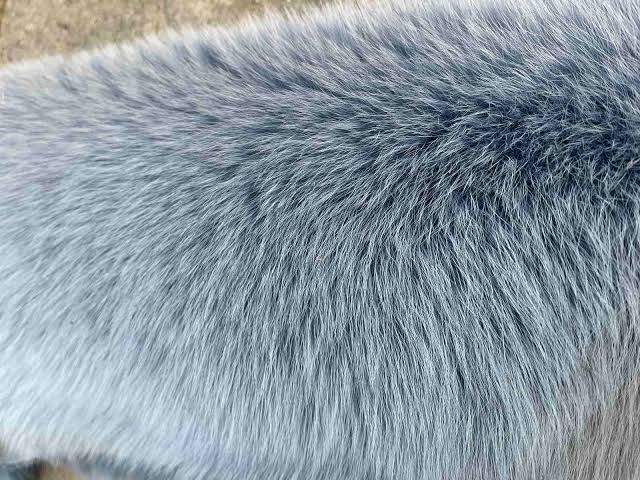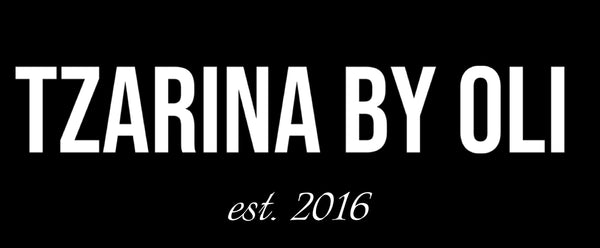
How Tzarina By Oli produces ethical fur jackets
Fur has always been the most polarizing of luxury materials. It’s been celebrated by royalty, icons, and designers — and at the same time, vilified by activists. Yet what most people don’t know is that true luxury fur is not mass-market, not cruel, and not wasteful. In fact, when produced within the strict codes of high-end fashion, fur is one of the most sustainable, ethical, and timeless materials available.
The common perception of fur is shaped by images of mass farming and outdated practices. The reality in luxury is very different. Houses that work with fur today source only from certified farms in Europe and North America, where standards of animal welfare are regulated as carefully as any agricultural system. Greece, for example, has long been recognized as one of the global capitals of fur craftsmanship, with artisans who treat each coat not as a commodity but as an heirloom piece. These ateliers trace the origin of every skin, and luxury coats carry certification that guarantees transparency from farm to finished garment.
Unlike synthetic substitutes, a luxury fur coat is the very definition of slow fashion. It can take weeks of handwork to complete a single piece. The construction process minimizes waste: even the smallest off-cuts are reused for trims, linings, or accessories. This level of care and precision separates fur from the cycle of trend-driven fast fashion. A real fur jacket is not meant to be worn for a season and discarded. It is designed to last for decades, to be remodeled and reimagined, and to pass from one generation to the next.
There is also the ecological truth most consumers are not told. Faux fur, despite its popularity in recent years, is overwhelmingly made from petroleum-based plastics. These fibers do not biodegrade, and their production contributes to pollution on a scale far greater than that of regulated fur farms. When you compare the life cycle of a faux fur coat — mass-produced, short-lived, and ultimately discarded — to that of a well-made fur coat that lasts 30 years or more, the sustainable choice becomes clear.
The future of fur is not about mass production; it is about craftsmanship, ethics, and transparency. Luxury brands that continue to work with fur are not indulging in nostalgia — they are making a conscious investment in materials that align with the principles of longevity and responsibility. To own such a coat today is not simply to own a piece of indulgence, but to participate in a tradition of sustainable luxury that values nature, artistry, and time itself.
